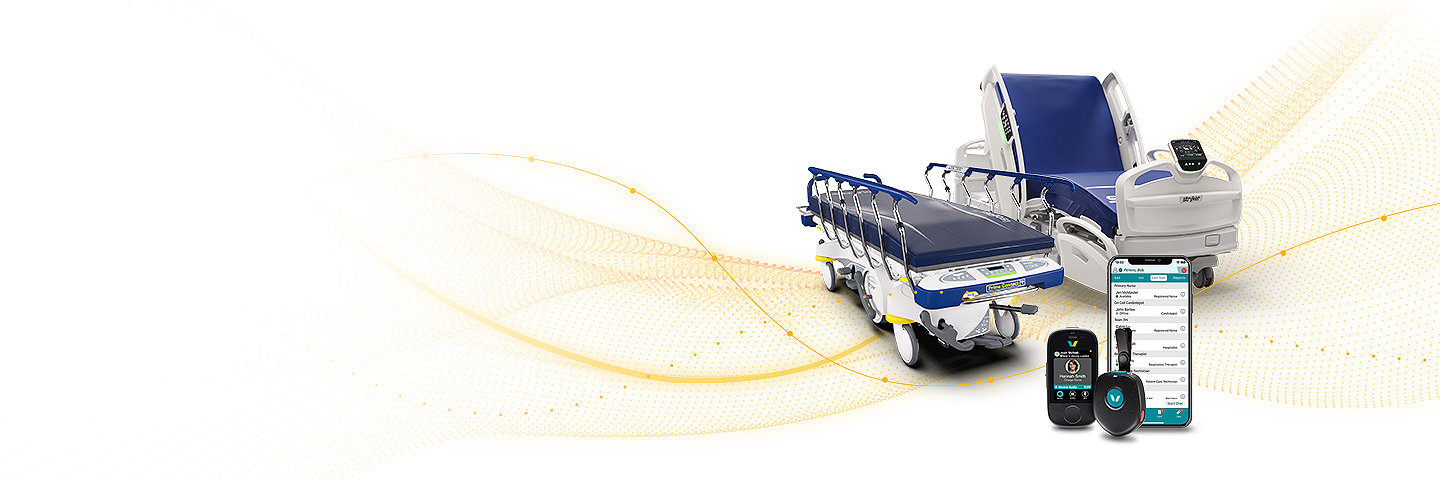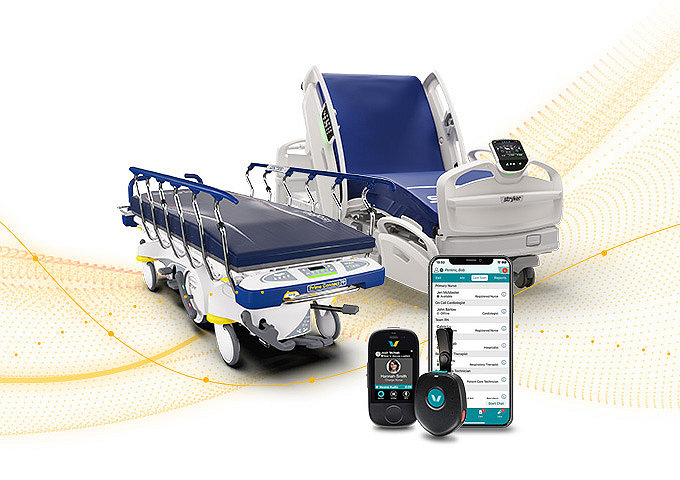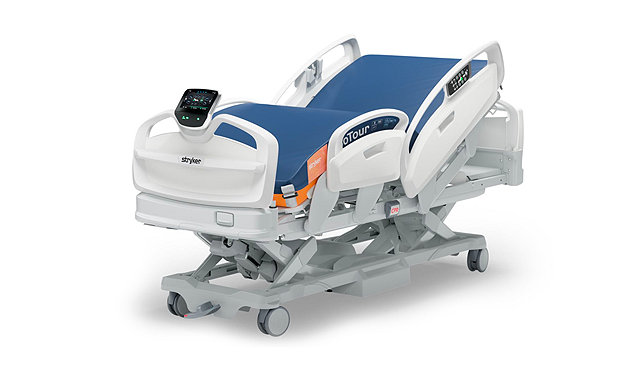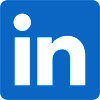Driving quality amid constant change
Healthcare is dynamic. Patient context can change moment to moment. Care team dynamics vary shift to shift. Staffing fluctuates in response to uncontrollable forces. Patient safety can be impacted by workflow disruptions, ineffective communication and challenges using the EHR and other technologies.1
15%
of a nurse’s shift is made up of documentation2
1,000+
alarms a clinician may be
exposed to per shift3
6%
of a nurse's shift is spent
“hunting and gathering”2
What matters to you,
matters to us
As you work to drive quality patient care in an environment where almost nothing stands still, we’re right there with you.
This is why we created Dynamic Clinical Workflow. It’s an adaptable, scalable way to bring together the people and information you need to deliver quality patient care.
With Dynamic Clinical Workflow, care teams can manage workflow around the patient. Receive relevant information – when and where it’s needed – to inform patient care. Collaborate quickly and effectively. And streamline communication with patients and families.
Tomorrow’s care delivery, delivered today
Dynamic Clinical Workflow leverages the power of our enterprise workflow platform, purpose-built for the fast-paced, constantly changing healthcare environment.
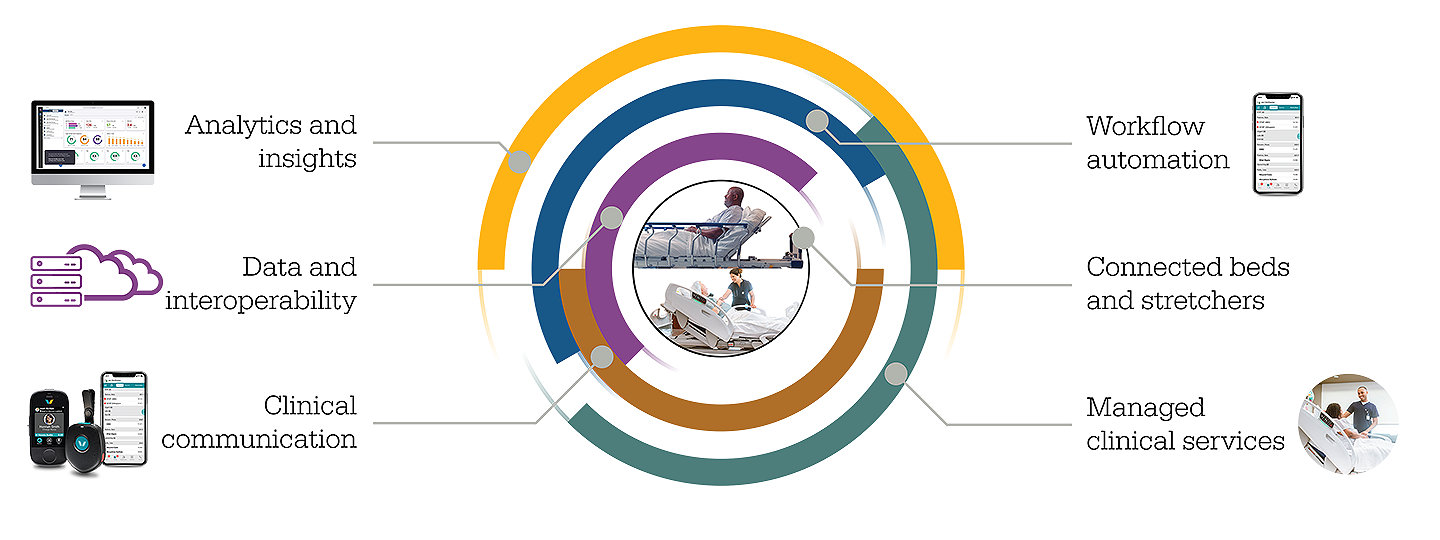
Patient-centered workflow
Stryker’s smart, connected beds and stretchers put the patient at the center of care. Our smartphone app unifies information from multiple systems about the patient, care team, orders, events and more – and brings clinical context into workflow.
- Less time documenting and chasing information.
- More time at the bedside.
Right people, right information, right time
Through our intelligent middleware, unnecessary alarms can be filtered out to help nurses stay focused on critical tasks. The right nurse can be notified when a patient shows signs of deterioration or if a fall-risk patient is exiting the bed and receive reminders to turn a patient.*4
- Less mental overload.
- More focus on providing exceptional patient care.
Quick, effective collaboration
Unify care teams through our enterprise workflow platform. Our master directory pulls together staff assignments from multiple directories and on-call scheduling systems. Team members can find the people and information they need quickly and communicate directly.
- Less workflow fragmentation.
- More energy for your patients – and yourself.
Manage clinical workflow around the patient
Bring patient and event context into conversations and workflow to understand a patient’s situation quicker.
Learn more about managing workflows with care.ai.
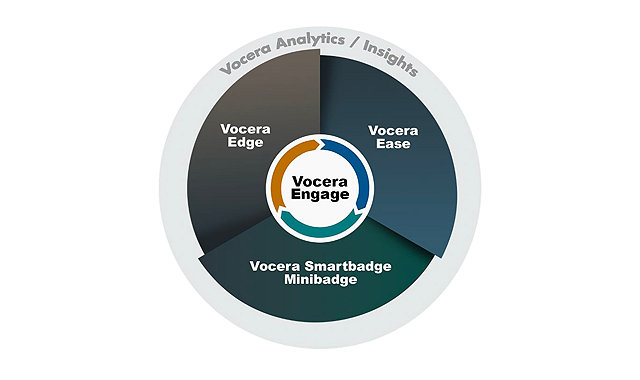
Vocera Engage middleware
Receive relevant information to inform patient care when and where it’s needed.*
ProCuity connected beds
Enable bed notifications and data to be sent to your EHR, nurse call, clinical communication devices and more.
Communicate using the device that fits your workflow
Call, securely message, broadcast and more, sharing patient context with communications.
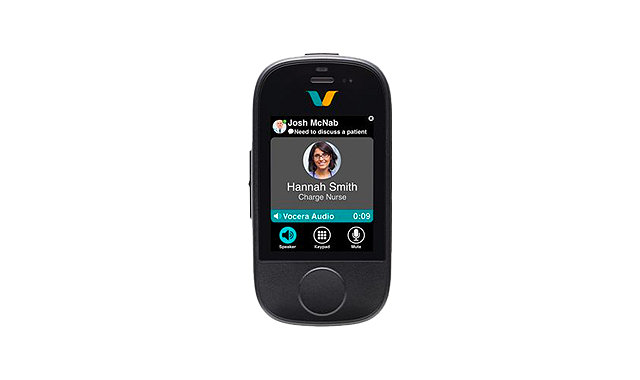
Vocera Smartbadge
Get smartphone-like usability and hands-free mobility with a natural, voice-driven experience.
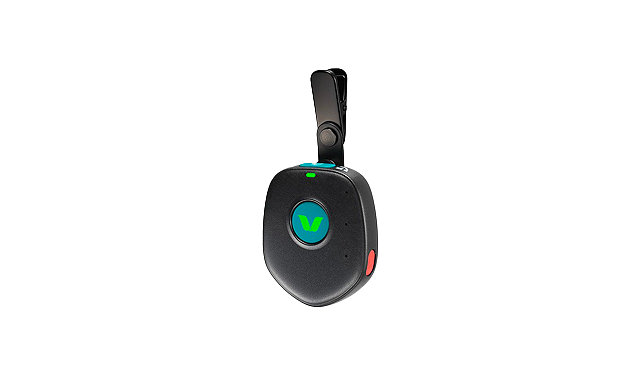
Vocera Minibadge
Use by itself or with a smartphone to communicate hands-free with a natural, voice-driven experience.
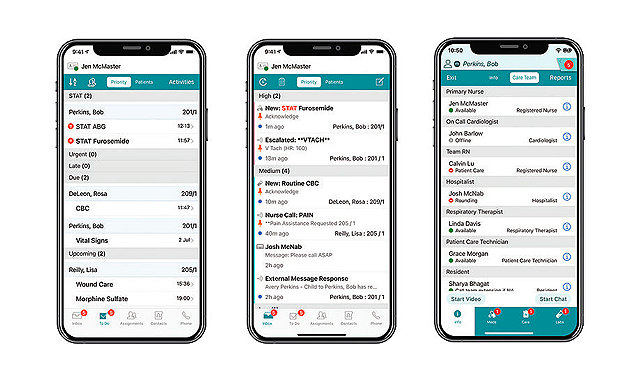
Vocera Edge app
Launch point-of-care workflows, communicate, collaborate and close the loop – all in one app.

ProAssure
We’ll handle the technology, you handle the patient care
Technology should make care easier, not harder. ProAssure specialists work with your team—remotely or on site—to maintain, optimize and support your Styker clinical communications solutions. From updates and training to workflow optimization, it’s ongoing support that helps keep your system reliable and your teams connected. Click the "Learn More" button below and discover how ProAssure can support patient care.
AC-ACCL-SYK-2133106_REV-0_en_us
Interested in learning more? Contact an expert.
1. World Health Organization. Patient Safety. 2023. Retrieved January 22, 2024.
2. Berlin G, et al. Reimagining the nursing workload: Finding time to close the workforce gap. McKinsey & Company. 2023. Retrieved January 24, 2024
3. Ruskin, KJ, Hueske-Kraus, D. Alarm fatigue: impacts on patient safety. Curr Opin Anaesthesiol. 2015 Dec;28(6):685-90. doi: 10.1097/ACO.0000000000000260. PMID: 26539788. Retrieved January 24, 2024.
4. Vocera Engage solution brief. Stryker.com. Retrieved January 24, 2024.
* To have secondary alarms delivered requires Engage Medical Device Alarm Notification (EMDAN), FDA 510(k)-cleared middleware, part of Stryker’s Vocera Engage middleware. Capabilities are based on your facility’s protocols and technology configuration.
M0000018376 REV AA

